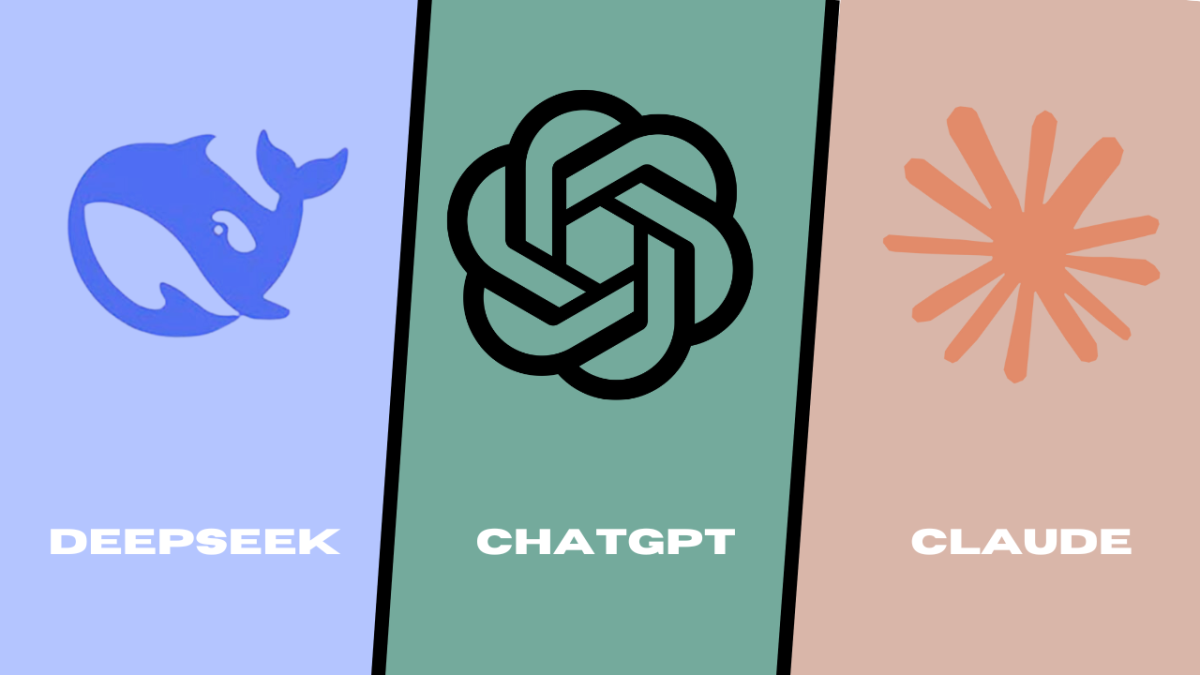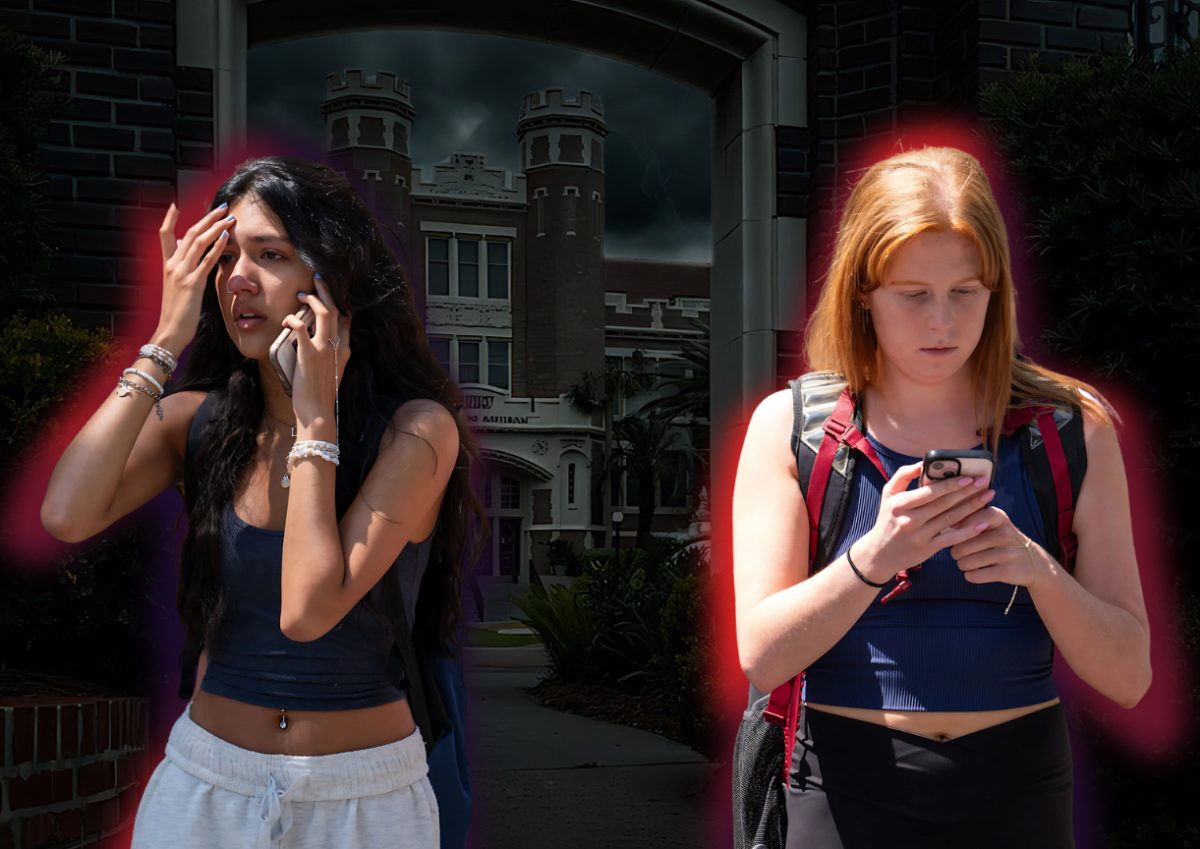Deepseek, a Chinese AI company, recently released Deepseek R1, and it has taken the AI community by storm. Unlike its previous versions, which struggled to compete with industry leaders, R1 is a major leap forward—especially in problem-solving and technical accuracy, where even dominant models like ChatGPT, Claude, and Gemini often face limitations.
But what makes Deepseek R1 stand out? And how does it compare to OpenAI’s ChatGPT, Anthropic’s Claude, Google’s Gemini, and X’s Grok?
Deepseek R1 stands out in math, logic, and programming, consistently delivering highly accurate technical answers. Unlike other AI models, such as ChatGPT, Claude, and Gemini, which sometimes require user guidance for complex problem-solving, R1 excels at independently handling technical challenges. Many users have reported that it solves problems that even GPT-4 struggles with, making it a top choice for developers and researchers seeking precise, reliable responses.
One of R1’s biggest advantages is its open-source nature, setting it apart from its competitors. While ChatGPT, Claude, and Gemini remain proprietary, R1 allows developers to inspect, modify, and optimize its architecture freely. This openness engages the community further. Lighter versions of R1 are able to run locally on M-Series MacBooks, as well as on other devices, allowing full autonomy and no worry about your data being snooped through, as it’s all local to your machine.
Beyond its openness, R1’s execution of complex programming tasks is remarkably effective. Developers have praised its ability to reason through intricate coding logic without making the logical errors sometimes seen in ChatGPT or Claude. While Grok and Gemini often struggle with in-depth programming challenges, R1 consistently delivers accurate, context-aware solutions. Its strong contextual retention and reasoning abilities put it ahead of many models, occasionally even outperforming Claude 3, which was one of the world’s most program-efficient and capable models.
While Deepseek R1 excels in math, logic, and programming, it falls short in creative and abstract thinking. Compared to ChatGPT and Claude, it struggles with storytelling, poetry, and long-form narrative generation. For users seeking an AI that can craft engaging content, develop characters, or explore philosophical ideas, ChatGPT and Claude remain the better options. R1’s strength lies in precision and technical accuracy, but it lacks the nuance required for imaginative writing.
Another key limitation of R1 is its lack of multimodal capabilities. Unlike ChatGPT, which has vision capabilities, or Gemini, which supports text, images, and audio, R1 is currently restricted to text-based interactions. This means it cannot analyze images, process audio, or generate artwork. While this doesn’t impact its technical performance, it does limit its versatility for users who require AI assistance across multiple formats. However, future versions may introduce multimodal features to bridge this gap.
There are also potential legal and ethical concerns surrounding R1’s training data. Some in the AI community suspect that it may have been trained on OpenAI’s proprietary ChatGPT data, raising questions about intellectual property rights. If OpenAI provides evidence that Deepseek used its data without permission, R1 could face legal challenges or restrictions. This remains a point of uncertainty, and its long-term availability could depend on how these concerns are addressed. Due to it’s open source nature however, it’s unlikely that this will occur. OpenAI faced challenges when it was found they used internet sources to train data without user consent. Deepseek could face this, but most likely will not.
Overall, Deepseek R1 has emerged as a serious contender in technical problem-solving, math, and coding. While ChatGPT remains the all-rounder, Claude leads in reasoning, and Gemini dominates multimodal AI, R1’s open-source nature and high-level accuracy make it a potential game-changer.








